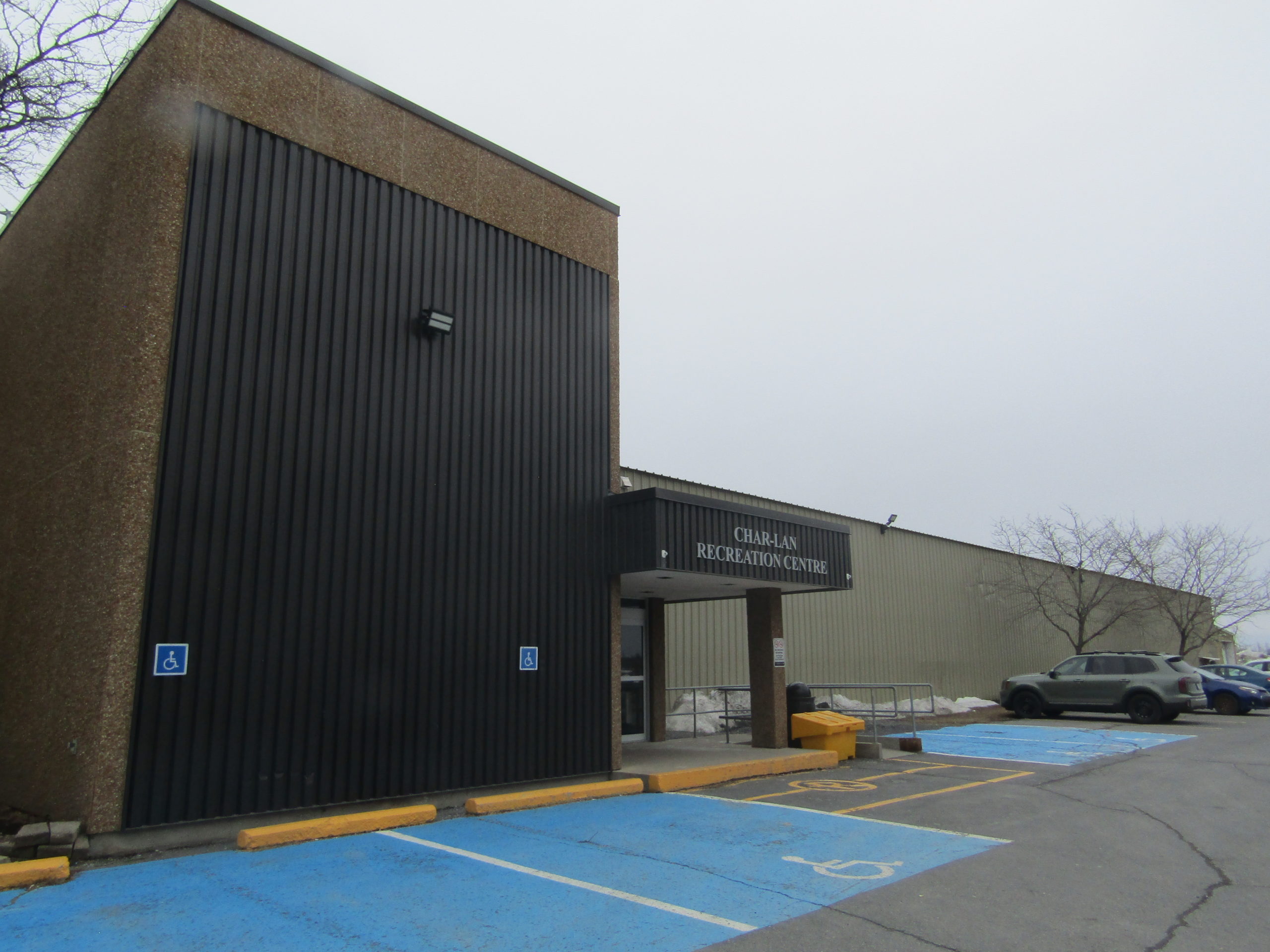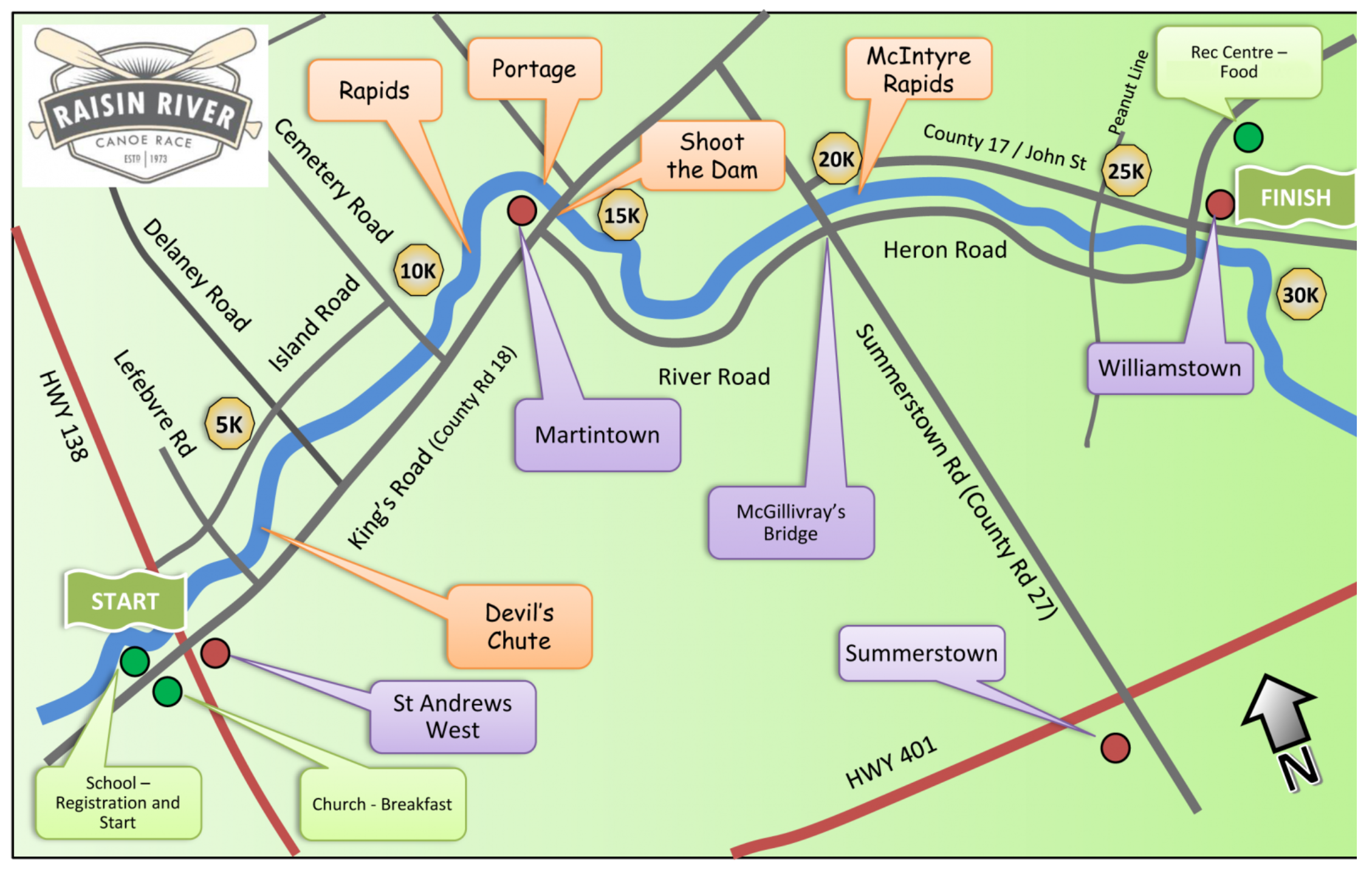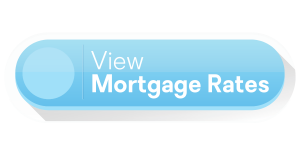21 Reasons Why We Love South Glengarry: Delighting in the Tastes of Local Artisan Cheese
Join Bill and I on a delicious journey, as we bring you Reason #8 in our series “21 Reasons Why We Love South Glengarry.” This week, we take a delightful detour into the realm of artisan cheeses at Glengarry Fine Cheese.
Reason #8: Glengarry Fine Cheese
If the words ‘local’, ‘artisan’, and ‘cheese’ make your mouth water, you’re in for a treat! Glengarry Fine Cheese is the epitome of local delicacy, crafting exquisite cheese from the milk of cows just across the road! You truly can’t get any more local than this.
Their cheeses have garnered numerous awards, and once you’ve tried their blue cheese and aged cheddar, you’ll know why. Available at various stores, we highly recommend a visit to their factory shop just north of Lancaster. It’s an experience you don’t want to miss!
Discover More of South Glengarry
Explore these websites to learn more about the incredible offerings of South Glengarry:
Why do you love calling South Glengarry “Home”? Share your stories with us, and let’s celebrate the beauty of our community together. If you’re contemplating a move to South Glengarry, don’t hesitate to reach out. We’d be happy to discuss your real estate needs and mortgage options.
Jenni MacDonald
Mortgage Broker – Dominion Lending Centres – The Mortgage Source
Welcome – Jenni MacDonald Dominion Lending Centres
jmacdonald@dominionlending.ca
Bill MacDonald
Real Estate Broker/Partner Century21 Shield Realty
www.thekiltguy.com
bill.macdonald@century21.ca




















